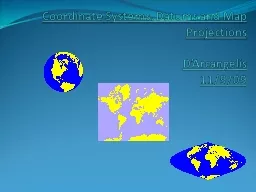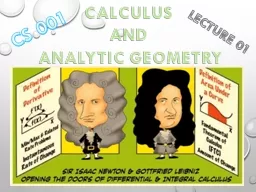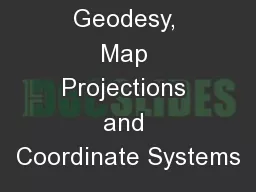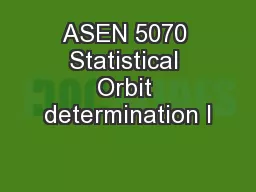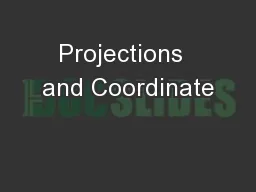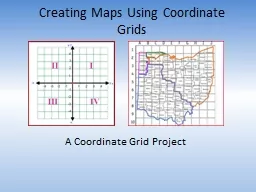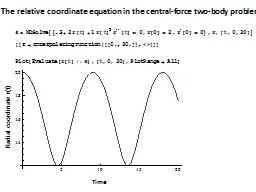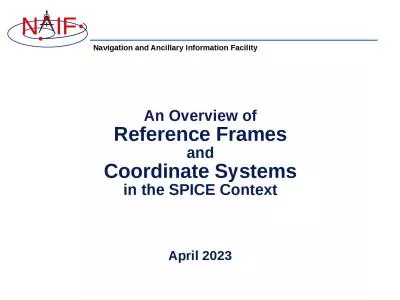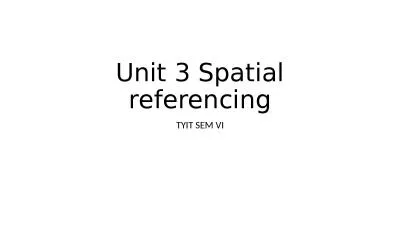PPT-Coordinate Systems,
Author : briana-ranney | Published Date : 2016-07-17
Datums and Map Projections DArcangelis 11909 Every map user and maker should have a basic understanding of projections no matter how much computers seem to have
Presentation Embed Code
Download Presentation
Download Presentation The PPT/PDF document "Coordinate Systems," is the property of its rightful owner. Permission is granted to download and print the materials on this website for personal, non-commercial use only, and to display it on your personal computer provided you do not modify the materials and that you retain all copyright notices contained in the materials. By downloading content from our website, you accept the terms of this agreement.
Coordinate Systems,: Transcript
Download Rules Of Document
"Coordinate Systems,"The content belongs to its owner. You may download and print it for personal use, without modification, and keep all copyright notices. By downloading, you agree to these terms.
Related Documents

